Selecting the proper transformer is a crucial decision when installing or upgrading a low voltage lighting system. The transformer converts higher voltage electricity from your home into the lower voltage power required to run low voltage landscape lighting fixtures safely and effectively. Choosing the right size transformer will ensure your system has sufficient capacity to handle your lighting needs.
Understanding Transformers
A transformer is an electrical device consisting of two coils of wire wrapped around an iron core. It utilizes the physics of alternating current (AC) electromagnetic induction to alter an AC electrical supply to a different voltage level. The transformer reduces the standard 120-volt household power down to 12V or 24V for low voltage lighting purposes.
- Converts high voltage to low voltage
- Two sets of coiled wires around an iron core
- Works through electromagnetic induction
- Allows low voltage fixtures to run off standard 120V supply
Transformers are specially designed for outdoor installation and containment in waterproof enclosures. They must be installed in accordance with electrical codes and manufacturer specifications to ensure safe operation. Proper transformer sizing and selection is critical to provide enough power for all the lighting fixtures without overload.
More info about transformers: Do I Need a Transformer for Outdoor Lighting?
Voltage Levels
- 12V: Most common for residential landscape lighting. Offers safety and less voltage drop over cable runs.
- 24V: Used for larger installations with longer cable distances. Minimizes voltage drop effects.
- 120V: Some fixtures can run directly off household power. Requires safe installation.
Here is a detailed introduction and comparison of low voltage and line voltage: Landscape Lighting: Line Voltage vs. Low Voltage Lighting
Calculating the Right Size
Choosing the proper transformer wattage requires calculating the total wattage of all fixtures in the system and selecting a transformer rated for at least 20% more capacity.
Step-by-Step Guide:
1. Determine Total Wattage
- Check wattage labels on all fixtures
- Tally the wattage of each light
- Total all the individual wattage values
For example, if installing 12 path lights at 5 watts each, total wattage would be 12 x 5 = 60 watts
2. Apply a 10% Safety Factor
- Low voltage cables have inherent resistance
- Connections add additional resistance
- This drains some power capacity
- Adding 10% compensates for the losses
Following the earlier example, 60 watts x 1.1 = 66 watts
3. Select Proper Transformer Size
- Provides headroom above peak demand
- Prevents overload if expanding system later
- Allows for fixtures drawing more than rated wattage
For the example, 66 watts x 1.2 = 79.2, so an approximately 150W transformer should be selected.

Choosing the Right Capacity
When selecting your transformer, some key factors to consider include:
- Future expansion: Size for potential additions to allow easy upgrades later.
- Voltage drop: Larger capacity helps maintain voltage over long cable runs.
- Types of fixtures: Some lights draw more wattage, especially LEDs. Review needs.
- Safety factor: Ensure transformer can handle all lights on highest setting.
Allowing 20% extra capacity provides flexibility to increase your lighting system over time by adding more fixtures without needing a larger transformer. It also gives a cushion to handle higher temporary loads.
Practical Example
The Lighting System
- 8 pathway lights at 4 watts each = 32 watts
- 4 spotlights at 50 watts each = 200 watts
- 2 flood lights at 100 watts each = 200 watts
- Total wattage = 432 watts
Calculating Total Wattage
8 x 4 = 32 watts
4 x 50 = 200 watts
2 x 100 = 200 watts
Total = 432 watts
Applying the Safety Factor
432 watts x 1.1 ≈ 475 watts
Selecting the Transformer
475 watts x 1.2 = 570 watts
Rounding up, a 600 watt transformer is ideal for this system.
Designed Light System Examples
Example 1: Cozy Garden Setup
- Pathway Lights: 4
- Garden Spotlights: 3
- Deck Lights: 2
- Accent Lights: 2
Example 2: Expansive Yard Illumination
- Large Area Floodlights: 3
- Tree Uplights: 4
- Patio Lights: 4
- Decorative Lanterns: 5
Example Calculation Sheet
| Type of Light | Number of Lights | Lamp Wattage | Total Wattage | Type of Light | Number of Lights | Lamp Wattage | Total Wattage |
|---|---|---|---|---|---|---|---|
| Pathway Lights | 4 | 10 | 40 | Large Area Floodlights | 3 | 30 | 90 |
| Garden Spotlights | 3 | 15 | 45 | Tree Uplights | 4 | 20 | 80 |
| Deck Lights | 2 | 12 | 24 | Patio Lights | 4 | 15 | 60 |
| Accent Lights | 2 | 8 | 16 | Decorative Lanterns | 5 | 10 | 50 |
| Total | 125 | Total | 280 | ||||
| Spare Capacity (20%) | 25 | Spare Capacity (20%) | 56 | ||||
| Transformer Rating | 150 | Transformer Rating | 336 | ||||
These examples demonstrate the process of calculating the appropriate transformer size for different outdoor lighting setups, factoring in the variety of lights and their individual wattages, along with additional capacity for optimal performance.
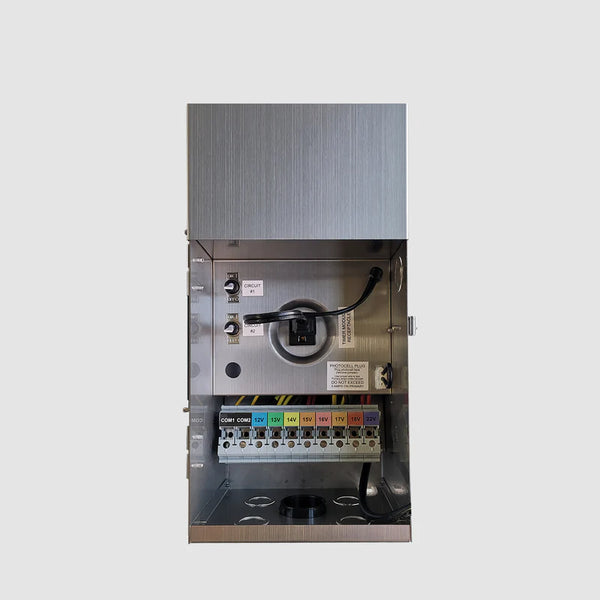
Technical Considerations
- Voltage Reduction: Reduces 120V/240V down to 12V or 24V to minimize shock risk
- System Wattage: Total wattage of all fixtures must not exceed transformer’s rating
- Efficiency: Choose transformers with 90%+ efficiency
- Outdoor Rating: UL-listed for outdoor conditions
- Ventilation: Ensure airflow to prevent overheating
- Electrical Codes: NEC/local code compliance, proper grounding, GFCI
Additional Tips
- Use multiple transformers for larger installations
- Choose transformers with timers for automation
- Opt for dimmable units with compatible fixtures
- Use 600W or 1000W transformers for systems drawing 100W+
- Install transformers in accessible, sheltered locations
Conclusion
Choosing the proper transformer ensures your low voltage lighting system functions smoothly, safely, and effectively. Start by totaling your fixture wattages, applying a 10% factor for power losses in cables, and selecting a transformer rated for at least 20% more capacity. This provides headroom for expansion and eliminates the risk of overload failures. With a quality transformer sized specifically for your installation, you can enjoy the beauty, safety and convenience of low voltage landscape lighting for years to come.


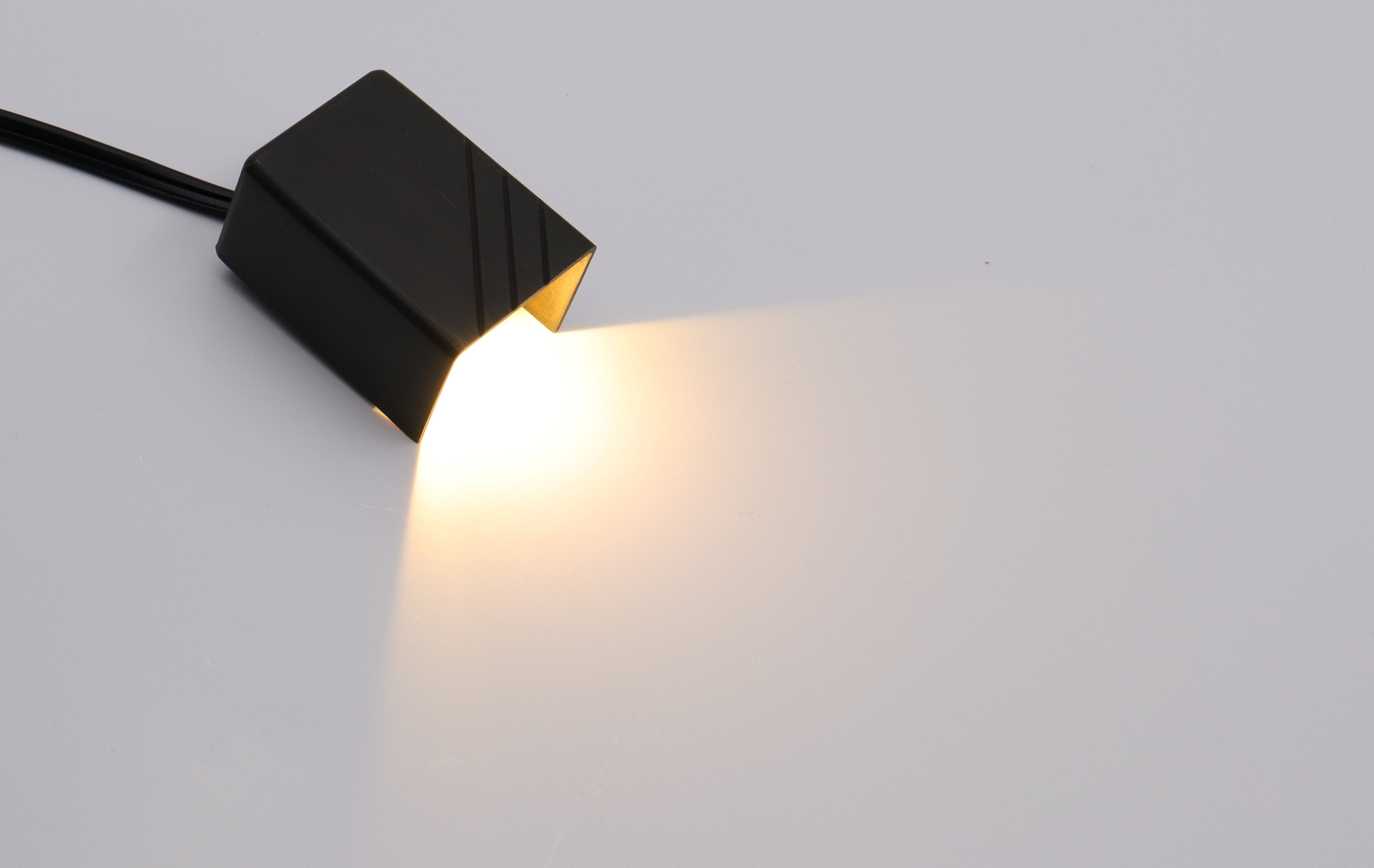
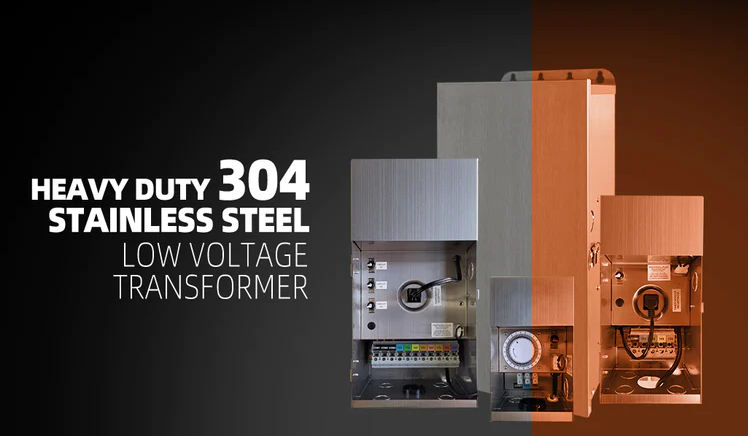
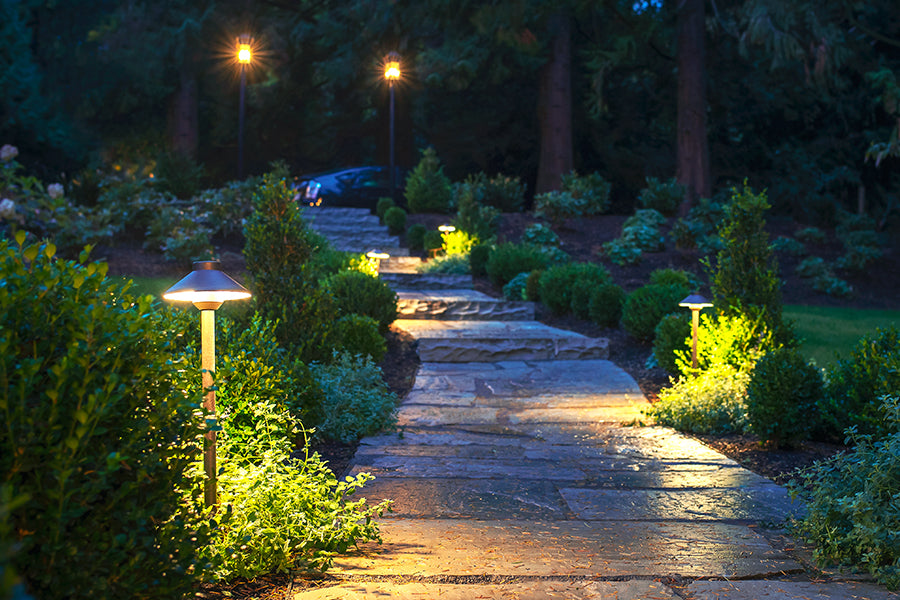
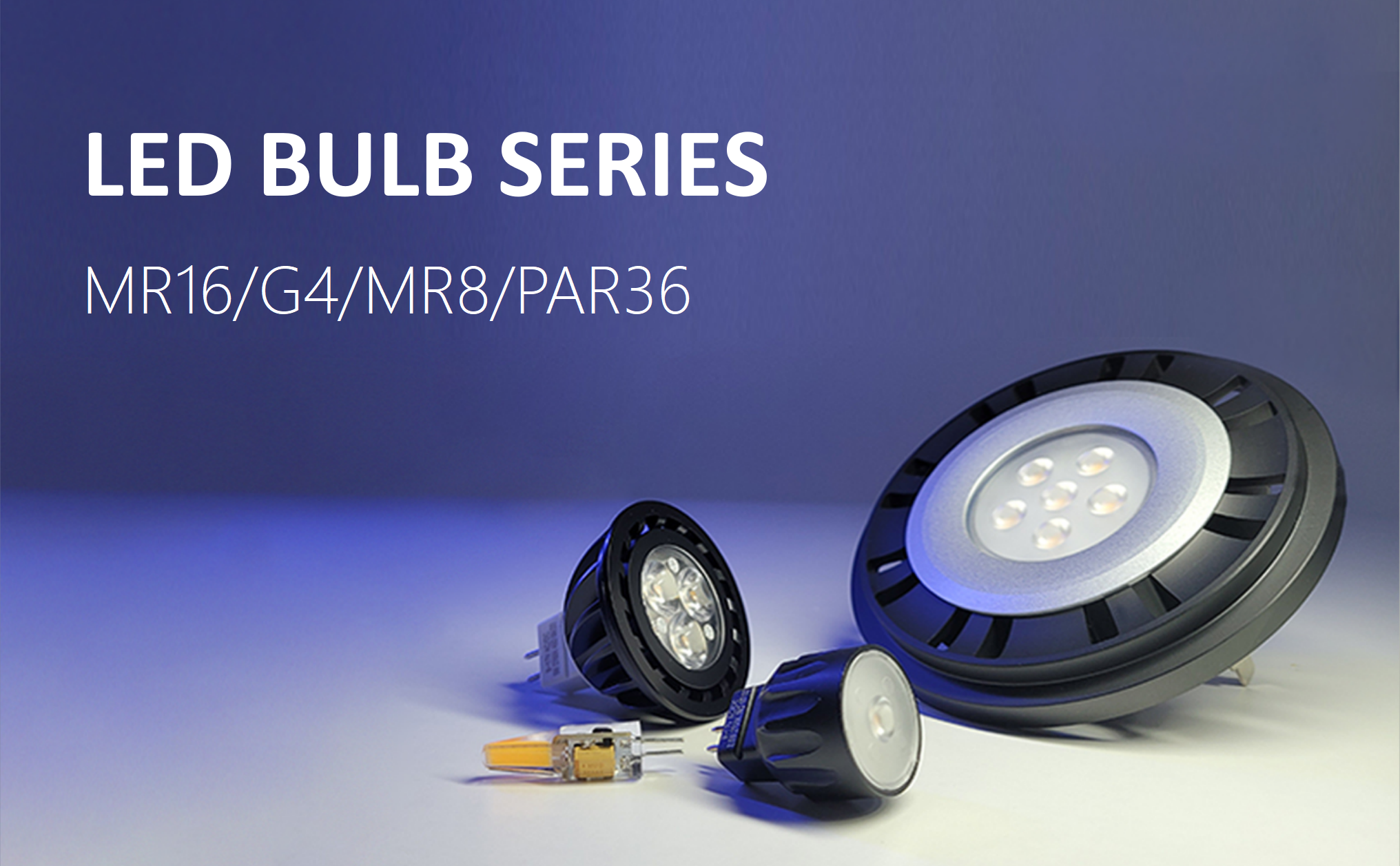
Leave a comment
All comments are moderated before being published.
This site is protected by hCaptcha and the hCaptcha Privacy Policy and Terms of Service apply.